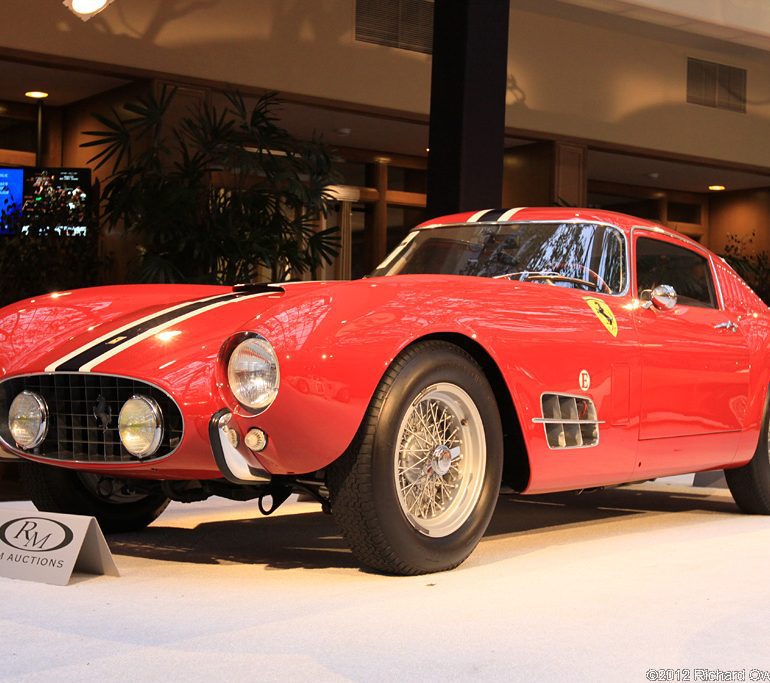The Greatest Supercars and Sports Cars of the 1950s
Following the post-war austerity of the 1940s, you’d be forgiven for thinking the car world had gone a bit mad by the time the 1950s came around. This decade saw flying saucers, a supercar with the wings of a seabird, and racing cars barely altered and sold for the road, as the car industry gained the confidence to embrace the future and start pushing the envelope in terms of both design and performance.
We’re eager to hear what you think of our supercar countdowns – let us know if we’ve missed any supercars of the 1950s, and which ones from this and our 1940s list you’d have in your dream garage.



